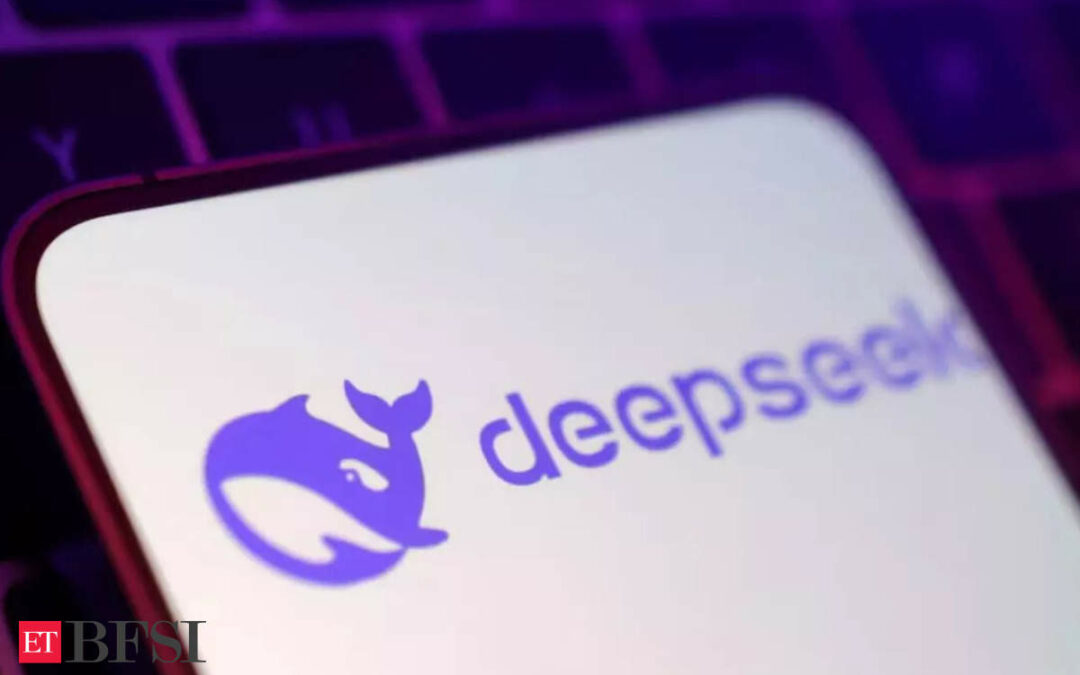India’s ambition to become a leader in artificial intelligence (AI) development faces challenges as the US imposes export restrictions on high-performance GPUs essential for AI model training.
However, the emergence of DeepSeek, a Chinese open-source LLM, trained on just 2,000 Nvidia H800 GPUs, highlights how tuned-down or older GPUs can yield impressive results.
Nvidia’s H800 GPUs, designed for China, are less powerful than H100 GPUs but still deliver substantial capabilities. Experts said India could adopt a similar strategy by investing in indigenous AI models and leveraging open-source platforms. ISRO’s cost-efficient approach to space exploration serves as an example of how India can innovate under resource constraints.
The US restrictions, which take effect in May 2025, limit imports of advanced GPUs such as Nvidia’s H100, creating hurdles for Indian startups and data centres.
The GPU crunch
GPUs, or graphic processing units, specifically designed for parallel and multithread processing, are crucial for training deep learning models. Post-2020’s generative AI boom, demand for GPUs has skyrocketed. While India can import up to 1,700 H100 GPUs without a licence, larger imports for data centres require US Validated End User (VEU) approvals, raising concerns about disclosure of sensitive business data and limits on internal GPU transfers.
Under the IndiaAI mission, the government aims to procure 10,000 GPUs, but US restrictions have cast uncertainty over these plans. Manufacturers have already submitted bids to import 20,000 GPUs, but data centre companies face significant delays.
Rising demand, limited supply
India’s demand for high-performance GPUs is expected to exceed 24,500 units annually. The restrictions, coupled with GPU import limits, place domestic cloud providers under scalability pressure, with the lack of GPU availability even hindering the establishment of large-scale data centres.
Indian startups and enterprises increasingly rely on global cloud providers like AWS and Azure, which face fewer licensing challenges. This could raise costs for local businesses, limit scalability, and hinder AI model training. Startups working on large language models (LLMs) tailored to Indian use cases remain in nascent stages compared to global leaders like OpenAI or DeepSeek.
Experts suggest that India must focus on domestic AI innovation. Building foundational AI models, training on India-specific datasets, and enhancing local GPU production are key steps. However, limited access to patient capital, high GPU costs, and infrastructure bottlenecks pose significant challenges.
The U.S. export restrictions could prompt India to explore partnerships with alternative suppliers or prioritise energy-efficient, cost-effective AI solutions. A strategic shift to developing indigenous AI ecosystems could reduce dependency on imported GPUs and mitigate the impact of global trade policies.











